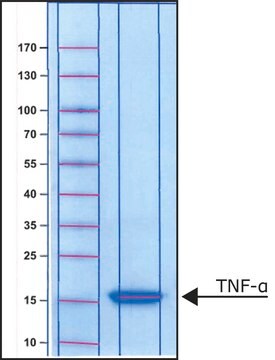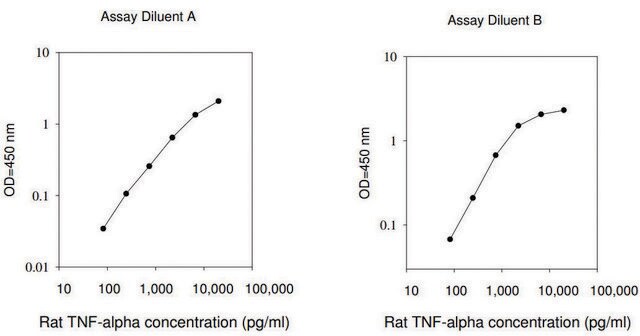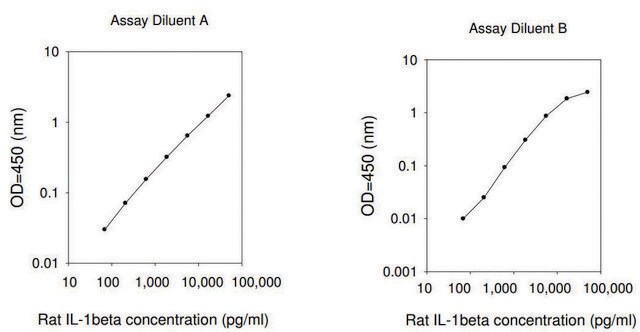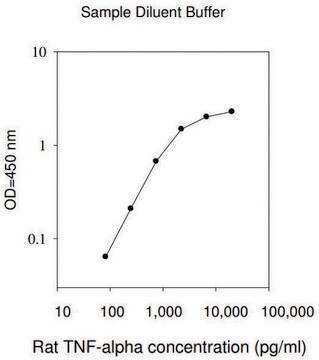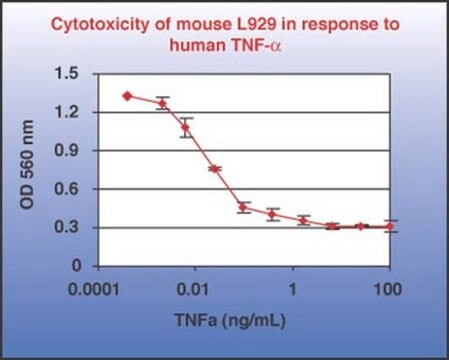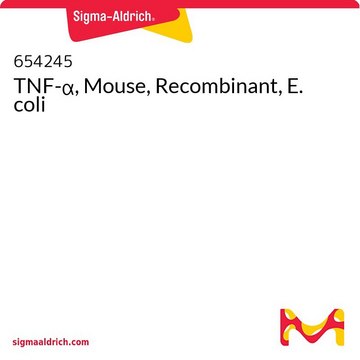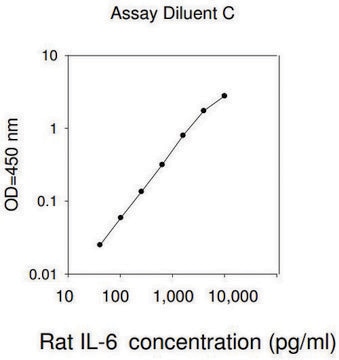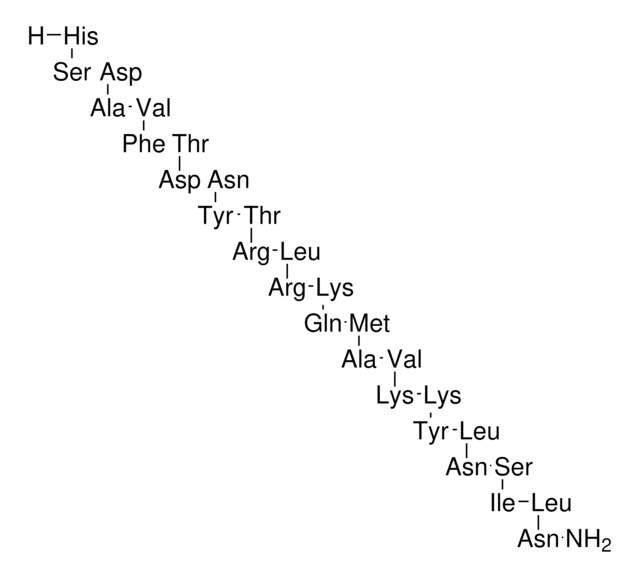T5944
Tumor Necrosis Factor-α from rat
≥98% (SDS-PAGE and HPLC), recombinant, expressed in E. coli, powder, suitable for cell culture
Sinónimos:
Cachectin, TNF-α
About This Item
Productos recomendados
Nombre del producto
Tumor Necrosis Factor-α from rat, TNF-α, recombinant, expressed in E. coli, powder, suitable for cell culture
origen biológico
rat
Nivel de calidad
recombinante
expressed in E. coli
Ensayo
≥98% (SDS-PAGE and HPLC)
Formulario
powder
calidad
endotoxin tested
mol peso
predicted mol wt ~17 kDa
envase
pkg of 10 μg
pkg of 50 μg
condiciones de almacenamiento
avoid repeated freeze/thaw cycles
técnicas
cell culture | mammalian: suitable
impurezas
<1 EU/μgtested (LAL test)
color
white
solubilidad
water: soluble
Nº de acceso UniProt
temp. de almacenamiento
−20°C
Información sobre el gen
rat ... Tnf(24835)
Descripción general
Aplicación
- To stimulate inducible nitric oxide synthase (iNOS) expression in the macrophages as an indication of M1 macrophage activation
- To study its effect on pancreatic β cell apoptosis
- To evaluate the effect of progesterone on the expression of tumor necrosis factor (TNF)-α in synovial membrane
- As a blocking antigen in the control, for immunohistochemical analysis
Acciones bioquímicas o fisiológicas
Forma física
Nota de análisis
Código de clase de almacenamiento
11 - Combustible Solids
Clase de riesgo para el agua (WGK)
WGK 3
Punto de inflamabilidad (°F)
Not applicable
Punto de inflamabilidad (°C)
Not applicable
Elija entre una de las versiones más recientes:
¿Ya tiene este producto?
Encuentre la documentación para los productos que ha comprado recientemente en la Biblioteca de documentos.
Los clientes también vieron
Nuestro equipo de científicos tiene experiencia en todas las áreas de investigación: Ciencias de la vida, Ciencia de los materiales, Síntesis química, Cromatografía, Analítica y muchas otras.
Póngase en contacto con el Servicio técnico